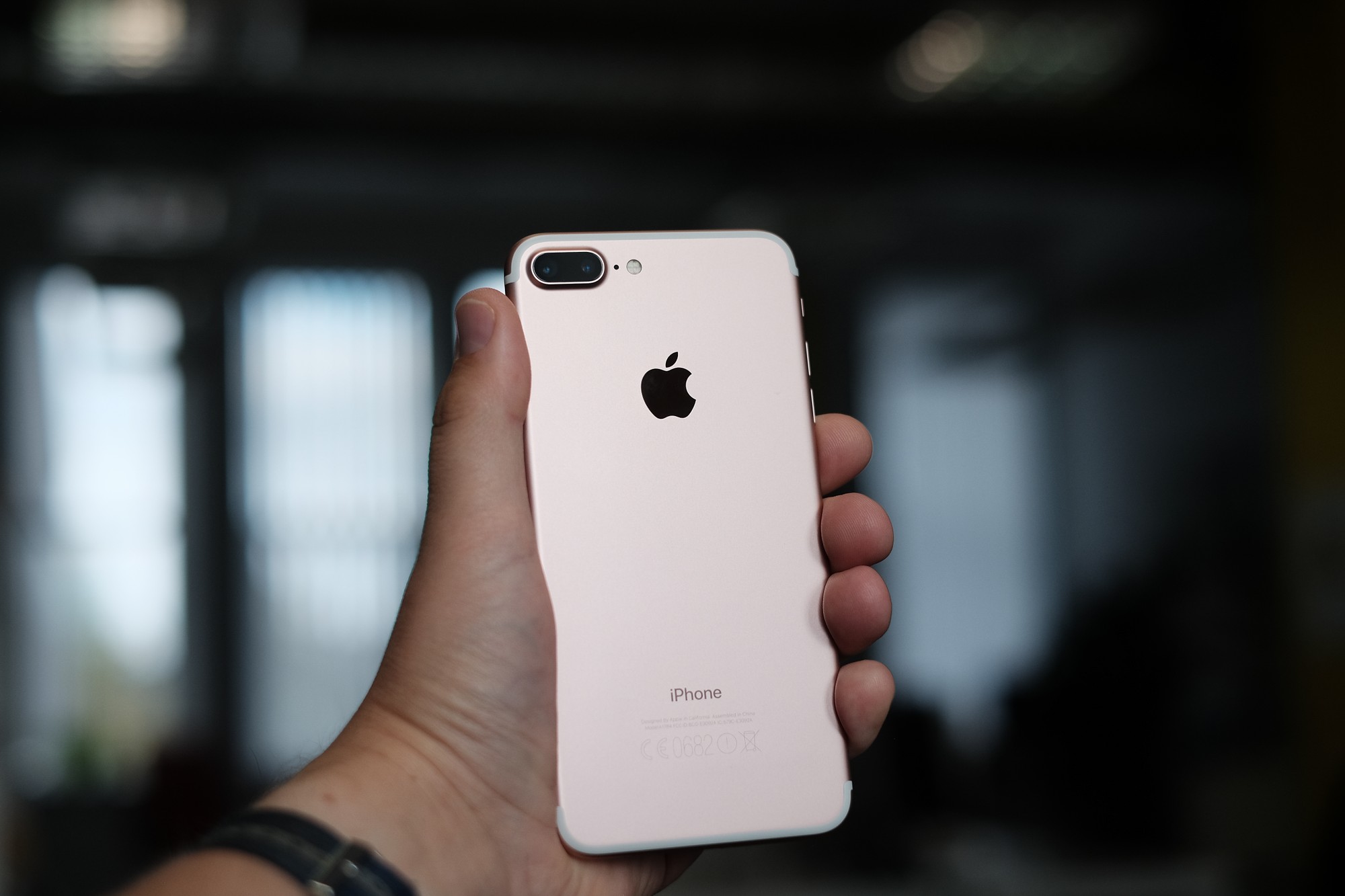Many college students use a personal computing device for their classwork. Windows laptops, Macbooks and tablets are all common sights around campus. Though it might seem that students’ personal computing needs are well covered by several options; there is another way from Google, called Chromebooks.
Chromebooks are laptops designed around the idea of cloud computing. If you have ever used the Chrome web browser on Windows or a Mac, you are already familiar with how Chromebooks work. Unlike Windows laptops, Chromebooks run on an operating system called Chrome OS. The idea is simple; everything you do on a Chromebook is linked to a Google account and stored in the cloud.
Google says Chromebooks are computers designed to make everyday computing tasks fast and simple. Chromebooks can create and edit Microsoft Office documents that can be shared easily with anyone over the Web. Printing documents can be done wirelessly from anywhere with Google Cloud Print. All of your music, movies, games and books are accessible through Google Play services. Google Hangouts provides free video chat with up to nine other people. And for everything else, Chromebooks have access to thousands of apps through the Chrome Web Store, according to Google.
Chromebooks are designed to be incredibly fast. Google says Chromebooks can boot up from being completely powered off in a few seconds and resume from sleep instantaneously. Updates for Chrome OS are handled automatically, with no restarts or user downloads, for free. Virus protection is built-in, meaning the user never has to worry about their Chromebook getting infected, according to Google.
All your files are automatically backed up to Google Drive, meaning you will never have to worry about losing your data. 100 GB of Google Drive storage comes free for two years with the purchase of any Chromebook, giving the user access to their data from any computer with an Internet connection.
The selection of ports on Chromebooks is similar to what comes on other laptops. USB, HDMI, SD card reader and headphone jacks are all built-in. Wi-Fi connectively and Bluetooth is also included.
Battery life should be enough to get most people through a day, lasting for at least six hours depending on the model.
Chromebooks are available in several shapes and sizes. Some, like the HP Chromebook 11, are available in multiple colors. Chromebooks are available alongside their competition from Windows and Mac, but why would one buy a Chromebook over an established computing platform? The biggest reason, Chromebooks are significantly cheaper than their competition.
Price of entry for a Chromebook is $199 for an 11-inch Acer C7 Chromebook. If the Acer is not your fancy, the 11-inch Samsung Chromebook is available for $249. The colorful HP Chromebook 11 is $279. Want a bigger screen? The HP Chromebook 14 is $299 and is available with optional 4G connectivity through T-Mobile for $349. Chromebooks can be purchased from local retailers, such as Best Buy and the KSU Bookstore, and online.
College life can be tough, but you can survive it with a Chromebook.




Chromebooks make sense for students. They’re easy to use and the price is reasonable, so if they’re lost, stolen or damaged, they’re easier to replace.
One issue is that many web-based education applications need Java, which Chromebooks do not support. And some schools may still be running Windows applications. A way around these issues is with a solution like Ericom AccessNow, an HTML5 RDP solution that enables Chromebook users to connect to any RDP host, including Terminal Server and VDI virtual desktops, and run Windows applications or desktops in a browser tab. That means that you can open up an Internet Explorer session inside a Chrome browser tab, and then connect to the applications that require Java and run them on the Chromebook.
For more information about AccessNow for Chromebooks in Education, visit:
http://www.ericom.com/Education-ChromebookRDPClient.asp?URL_ID=708
Please note that I work for Ericom